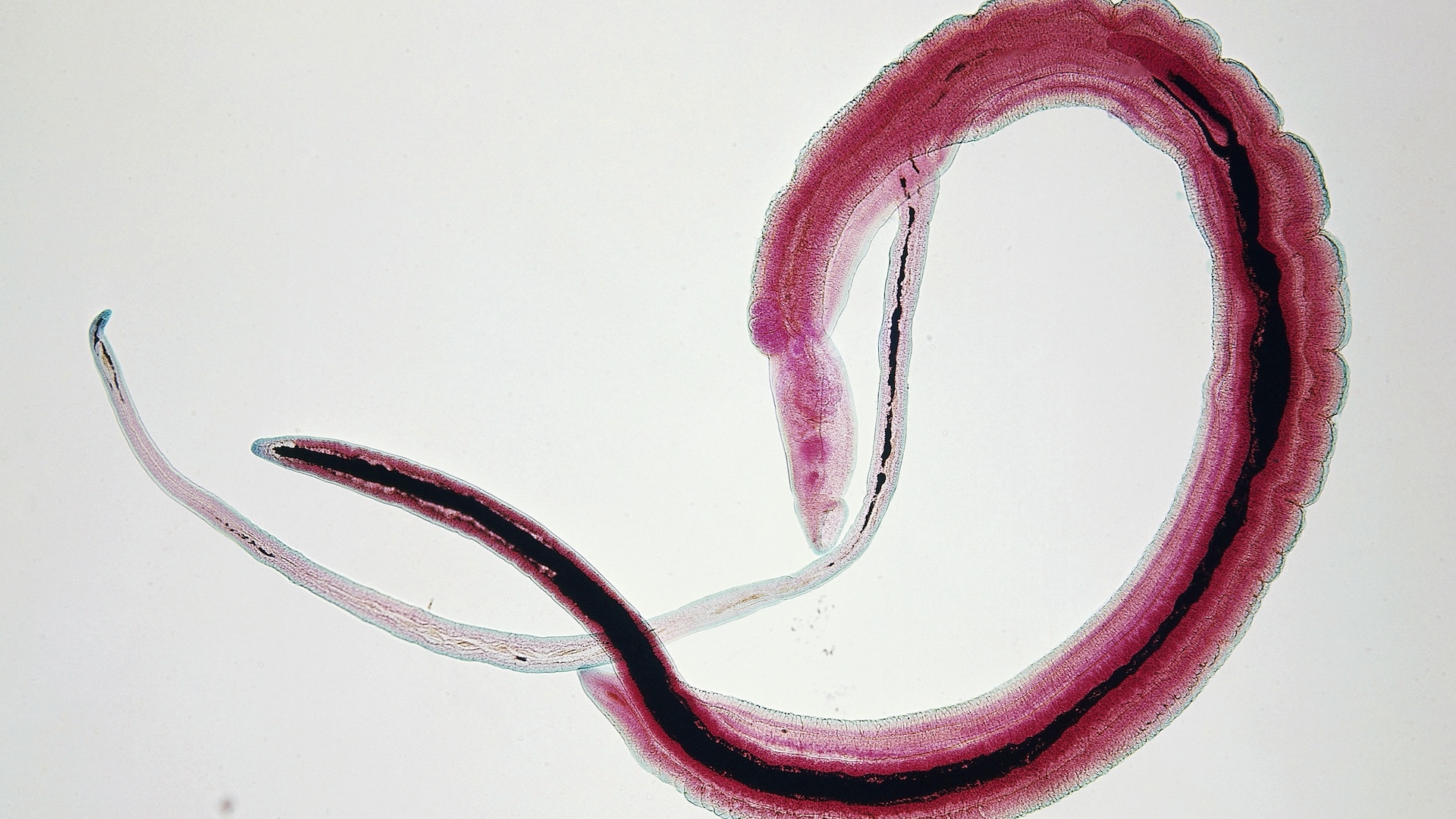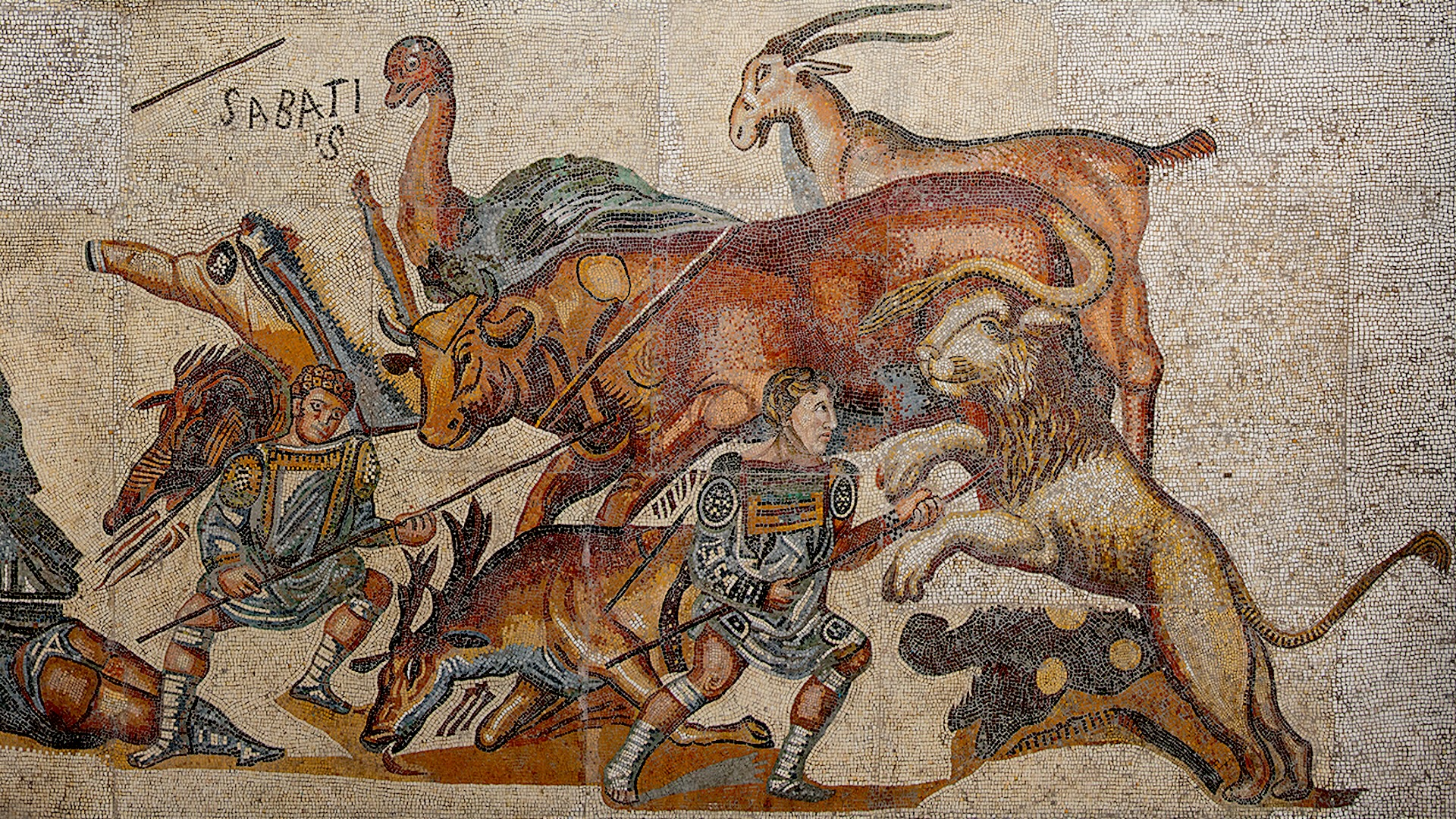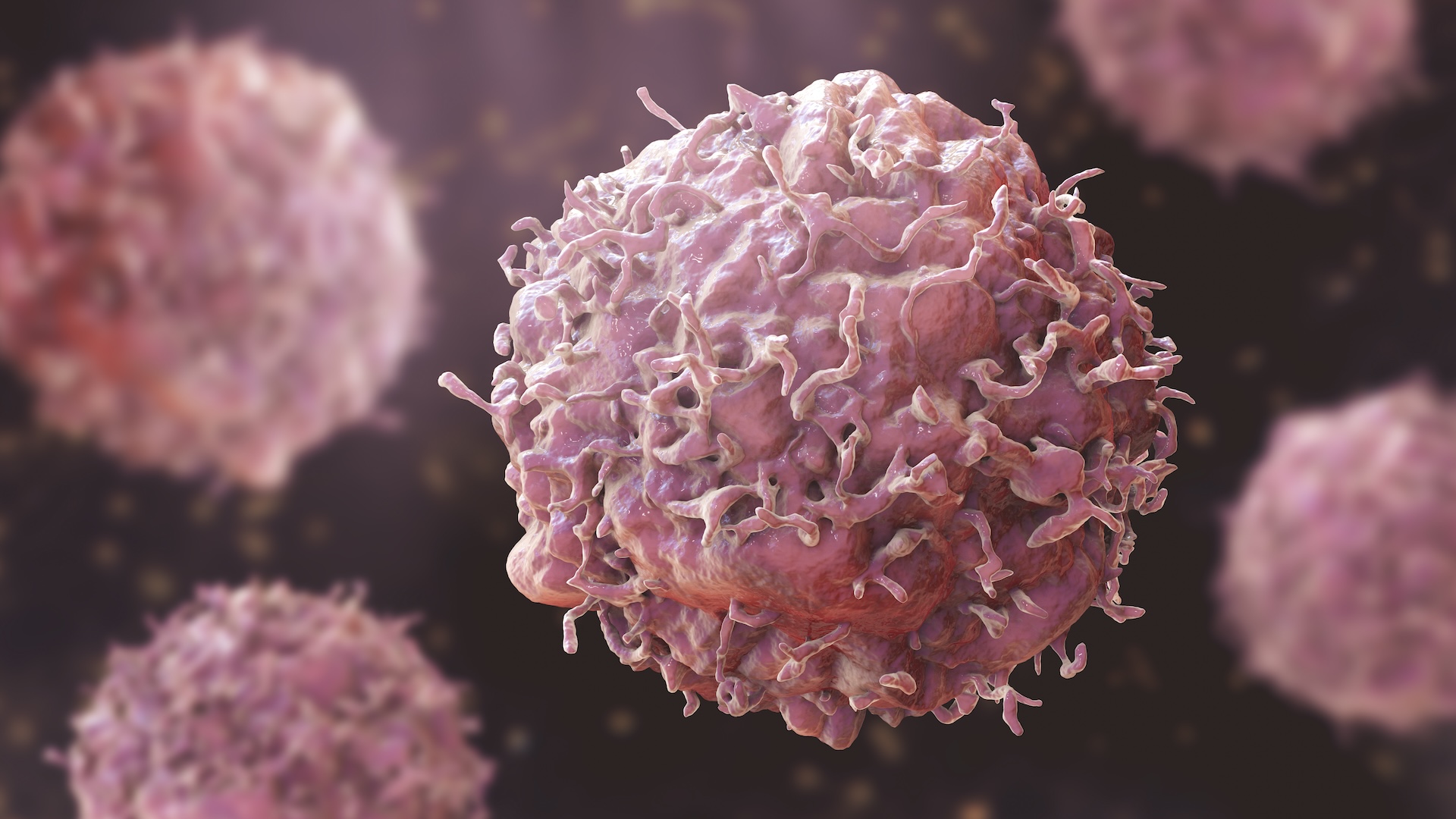Diagnostic dilemma: A surgeon accidentally transplanted a tumor into his own hand
In an unusual case, a surgeon developed a cancerous lump on his hand that stemmed from an injury he sustained while performing surgery.

The patient: A 53-year-old man in Germany
The symptoms: A surgeon developed swelling in his left hand near the base of his middle finger. This was the site of an injury he sustained five months earlier while removing a patient's malignant abdominal tumor. The lump in the surgeon's hand measured 1.2 inches (3 centimeters) in diameter.
What happened next: The surgeon had the lump removed, and an analysis revealed that it was a cancerous fibrous histiocytoma, a type of tumor containing histiocytes — immune cells that migrate into tissues where they don't belong and then form tumorous growths. It was the same type of tumor that the surgeon had been removing at the time of his hand injury. According to a report of the case published in 1996, a pathologist who examined both people's tumors wondered if the pair were as identical as they appeared.
The diagnosis: It turned out that the surgeon had accidentally transplanted some of the patient's tumor into his hand. Researchers collected samples of both tumors, isolated their DNA and conducted a genetic analysis. They found that the tumors not only had similar cellular compositions but were also genetically identical. When the scientists compared the samples to an unrelated histiocytoma, they confirmed that the first two tumors were indistinguishable from each other and "clearly distinct" from the third.
During that prior operation on the abdominal tumor, the surgeon had nicked his palm. The wound was immediately cleaned and bandaged, but the appearance of an identical tumor in his hand months later suggested that the surgeon had accidentally transplanted cells from the patient's malignant growth into his body.
The treatment: The surgeon's tumor was entirely removed via surgery. Two years later, he was in good health. There were no signs that the tumor had spread or was returning.
What makes the case unique: Transplanted tissue that differs genetically from the host's tissue is typically targeted and destroyed by the host's immune system — that's why immunosuppressive drugs are used during organ transplants. The surgeon developed inflammation around his cut, but this immune response didn't stop the tumor from growing. Cancerous cells may have evaded the surgeon's immune system by not producing sufficient antigens — substances that provoke the immune system — to trigger it to make tumor-destroying antibodies, according to the report.
Sign up for the Live Science daily newsletter now
Get the world’s most fascinating discoveries delivered straight to your inbox.
Although this accidental tumor transplant was highly unusual, sporadic cases of cancer being unintentionally transmitted through an organ transplant have been documented for decades, researchers reported in 2013.
Disclaimer
This article is for informational purposes only and is not meant to offer medical advice.

Mindy Weisberger is an editor at Scholastic and a former Live Science channel editor and senior writer. She has reported on general science, covering climate change, paleontology, biology and space. Mindy studied film at Columbia University; prior to Live Science she produced, wrote and directed media for the American Museum of Natural History in New York City. Her videos about dinosaurs, astrophysics, biodiversity and evolution appear in museums and science centers worldwide, earning awards such as the CINE Golden Eagle and the Communicator Award of Excellence. Her writing has also appeared in Scientific American, The Washington Post and How It Works Magazine. Her book "Rise of the Zombie Bugs: The Surprising Science of Parasitic Mind Control" will be published in spring 2025 by Johns Hopkins University Press.









